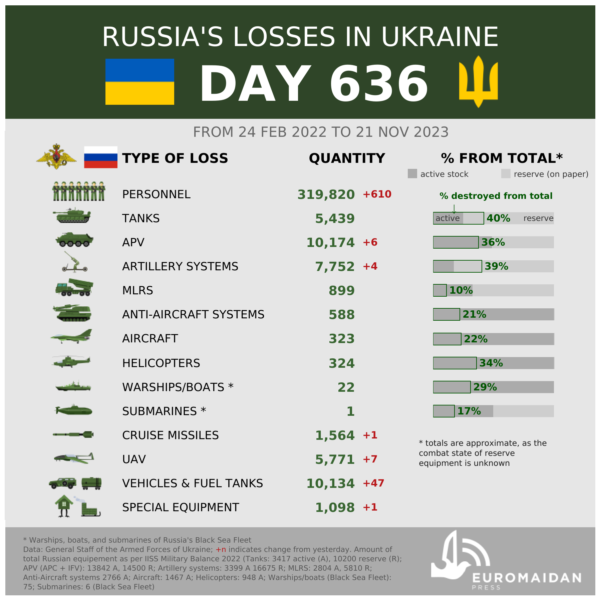Ukraine repels Russia’s massive nighttime attack involving 78 drones as Belarus downs several UAVs in its airspace
Russia launched 78 Shahed drones and one Iskander-M missile at Ukraine. Ukrainian air defenses successfully intercepted 60 drones across 12 oblasts, while other drones crashed, and some returned to Russia and Belarus.


In the early hours of 5 September, Russia launched a massive attack on Ukraine using 78 Shahed drones and one Iskander-M ballistic missile, as reported by the Air Force of the Armed Forces of Ukraine. The assault originated from multiple locations, including occupied Crimea, and Russia’s Kursk, Yeysk, and Primorsko-Akhtarsk areas.
According to the Air Force, Ukrainian air defenses successfully intercepted 60 of the attacking drones across 12 oblasts, including Kyiv, Cherkasy, Kirovohrad, Vinnytsia, Kharkiv, Dnipropetrovsk, Kherson, Poltava, Chernihiv, Zhytomyr, Zaporizhzhia, and Kherson. The air alert in Kyiv City lasted for over nine hours. 15 were “locationally lost” – i.e. disappeared from radars – on the territory of Ukraine “presumably under the influence of electronic warfare,” the report claims.
The Kyiv Military Administration reported that all drones attempting to attack the capital were destroyed. Mykola Lukashuk, head of the Dnipropetrovsk Oblast Council, stated that air defenses shot down four Russian Shahed drones over the region during the night.
The Air Force says two drones returned to Russia, while one entered Belarusian airspace.
Russia’s ally Belarus downed up to four Russian drones
The “Belaruski Hayun” monitoring group reported that up to four Shahed drones may have entered Belarus during the night. Videos published by the group’s Telegram channel showed two shootdowns in the Homyel city area. The opposition Belarusian OSINT project stated that Belarus used aviation to shoot down drones that entered its territory.
The Belarusian Ministry of Defense confirmed the downing of a UAV but did not specify its type, quantity, or direction.
This incident is not isolated, as Russian Shahed drones have previously breached Belarusian airspace or returned to Russia during attacks on Ukraine.
- On 26 August, “Belaruski Hayun” reported that at least six Russian drones entered Belarus in one night.
- On 29 August, Belarus used aviation for the first time to shoot down a Russian drone that entered its territory.
- On 3 September, one Russian drone flew to Russia’s Belgorod Oblast, another to the occupied Donetst Oblast amid a massive missile and drone attack that targeted Kyiv City.
On 9 August, Belarus claimed to have shot down a “Ukrainian” drone, but Belaruski Hayun stated that on that day “no drones (UAVs) were detected during the air sorties of the Armed Forces of Belarus. No missiles were launched from SU-30 fighter aircraft or MI-24 helicopters.”
Related:
- No Russian Shahed drone reaches targets, but other strikes kill at least 6, injure 36 civilians in Ukraine
- Belarus claims EU ministers to attend migration conference in Minsk
- Bloomberg: Iran set to supply Russia with ballistic missiles potentially “within days”
- None of 74 Russian UAVs reaches targets in Ukraine as Belarus deploys fighter to down stray Russian drone
- ISW: Belarus remains unlikely to invade Ukraine
- Kyiv demands Belarus pull back troops from the border, warns of retaliation if border violated
- AP: Belarus bolsters military presence on Ukrainian border
You could close this page. Or you could join our community and help us produce more materials like this.
We keep our reporting open and accessible to everyone because we believe in the power of free information. This is why our small, cost-effective team depends on the support of readers like you to bring deliver timely news, quality analysis, and on-the-ground reports about Russia's war against Ukraine and Ukraine's struggle to build a democratic society.
A little bit goes a long way: for as little as the cost of one cup of coffee a month, you can help build bridges between Ukraine and the rest of the world, plus become a co-creator and vote for topics we should cover next. Become a patron or see other ways to support.



